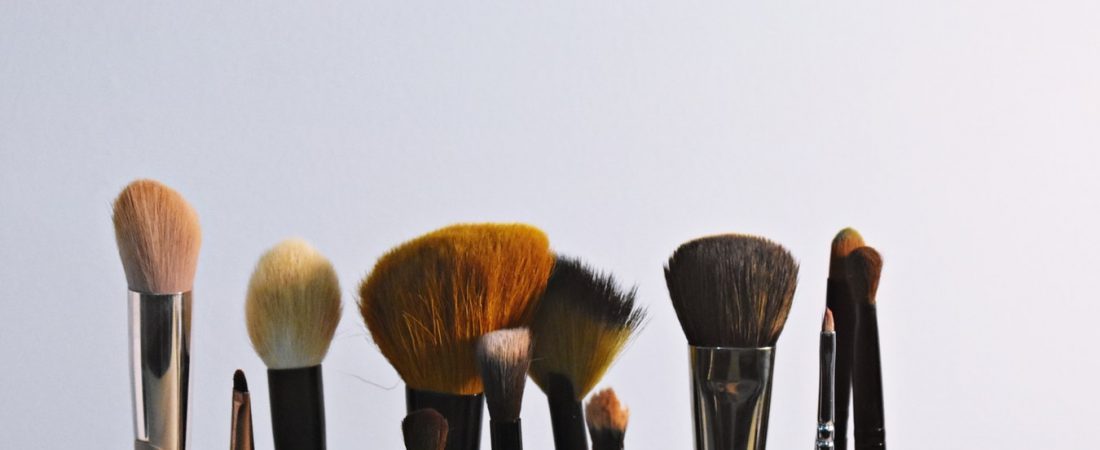Spring Into Skincare Action
Winter is finally at its end and spring has sprung. Warm weather approaching, flowers blooming, and bees buzzing; if you’re so done with the dryness and bleakness of winter, you’ll be in luck soon enough.
With the changing seasons, your skin care routine needs to change as well, as temperatures, humidity level, and weather (rain, snow, ice) have an affect on your skin. Winter weather often causes skin to be parched and patchy—while some individuals even suffer from eczema during these months—but the skin care products people use when it’s cold and dry outside are not appropriate when transitioning to warmer months.
New York City dermatologist Patricia Wexler, M.D. gave some expert tips to Vogue’s readers:
She advises readers to swap their moisturizer for something a little lighter.
She recommends a hyaluronic acid-or water-based formula when the weather warms up. “Our skin tends to hold more water in the spring and summer, so you won’t need as much protection.”
Wexler also stresses the importance of a sunscreen—separate from your lotion and makeup—that’s at least SPF 50.
Next, Wexler advises patients to slough off dead skin and unblock pores with a gentle exfoliating cleanser rather than with harsh scrubs, and says a formula with a small amount of glycolic acid will do the trick.
Wexler recommends throwing out any makeup that is over 6 months old and adds that old products can host a buildup of bacteria, leading to clogged pores and dull skin. Makeup brushes, too, are often overlooked, and can store unwanted germs and viruses. Wexler recommends washing brushes at least once a week with regular hand soap and drying them with a blow-dryer. “Something that’s so simple can have a huge impact on the overall health of skin,” she says.
And of course, you want to continue skin-care common sense by hydrating via drinking water and eating fresh fruits and vegetables and getting enough exercise!
In order to give your skin what it needs when it needs it, be sure to follow professional advice from your licensed esthetician and not believe everything you read online!
Happy Spring!


